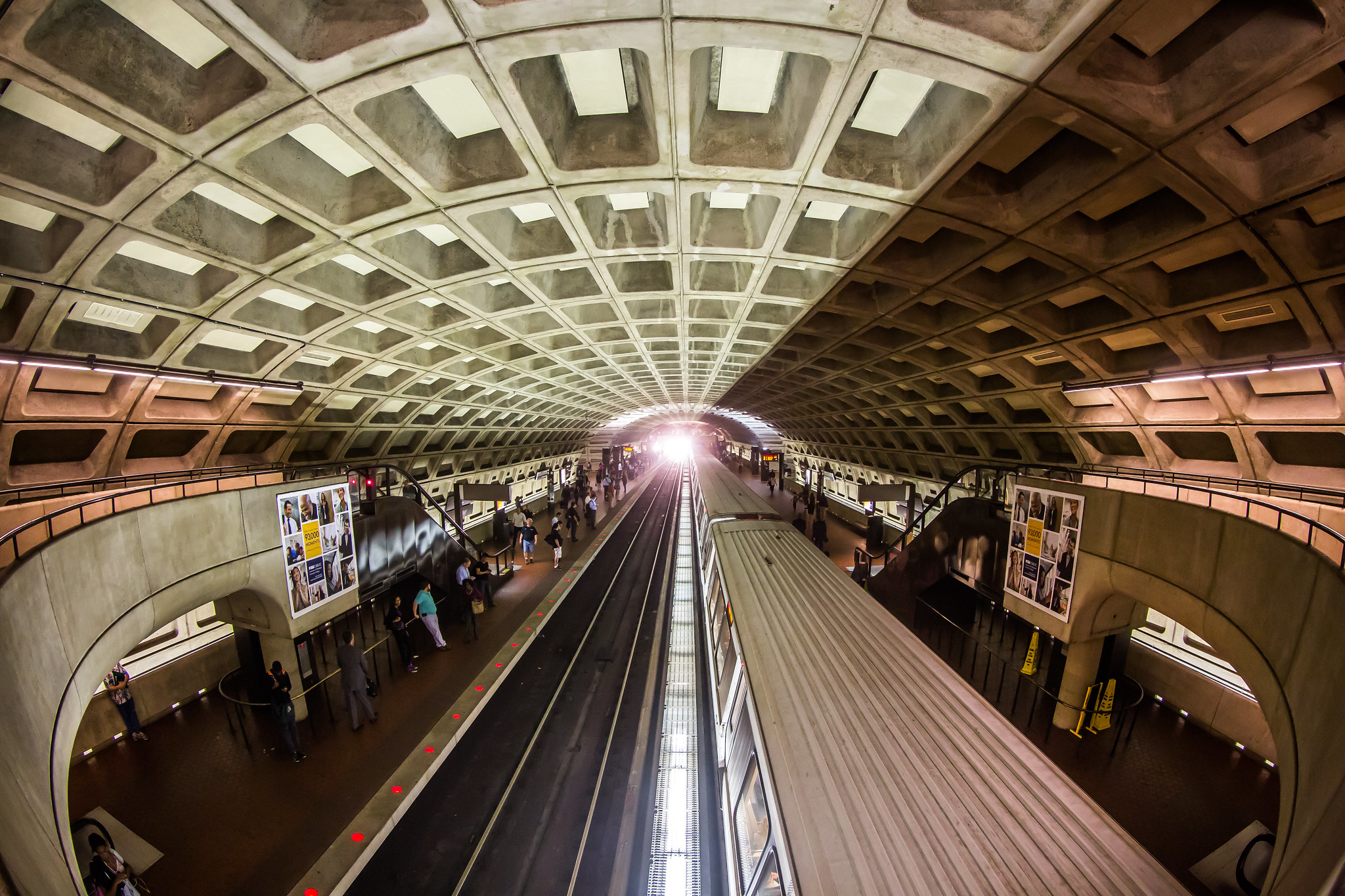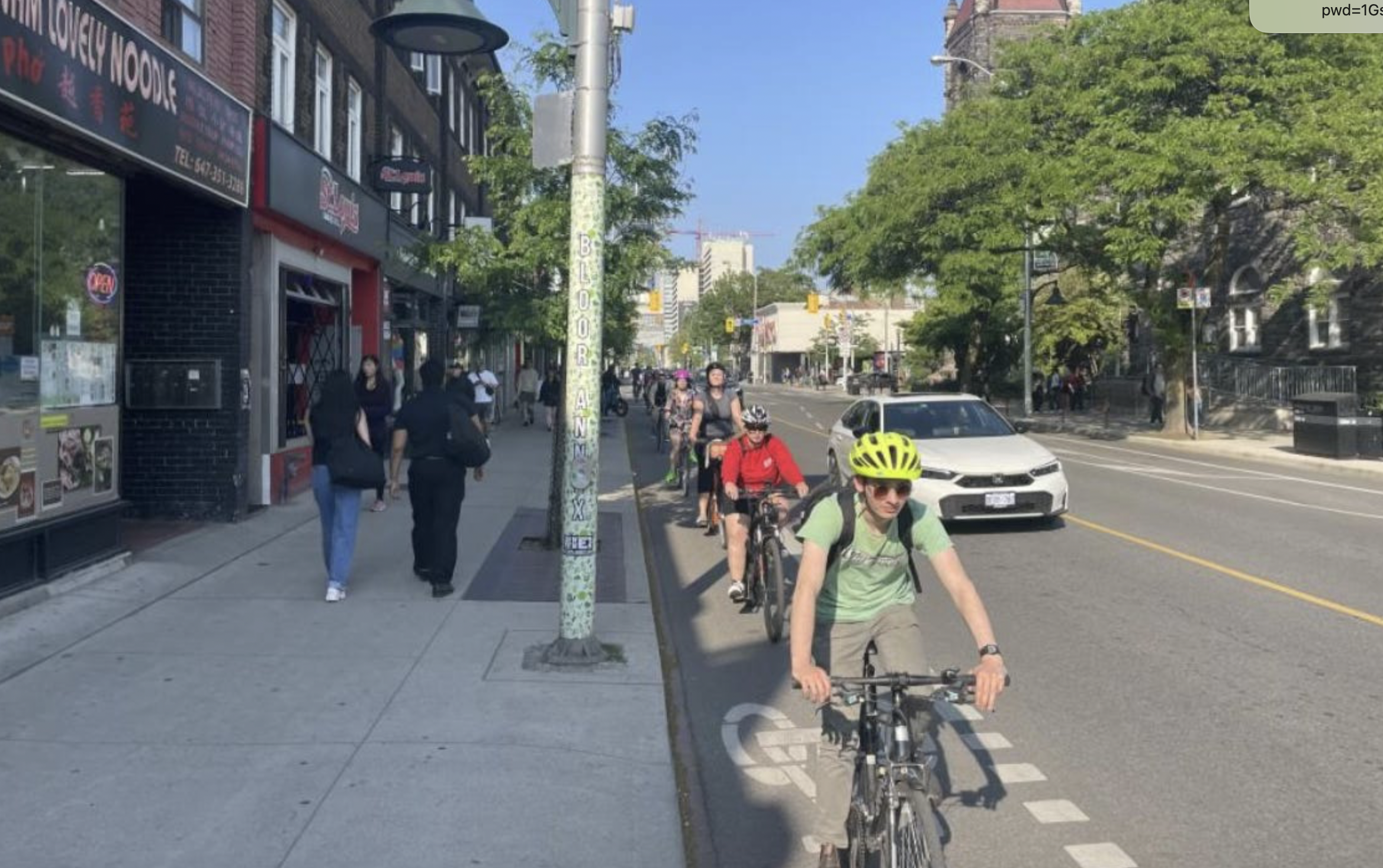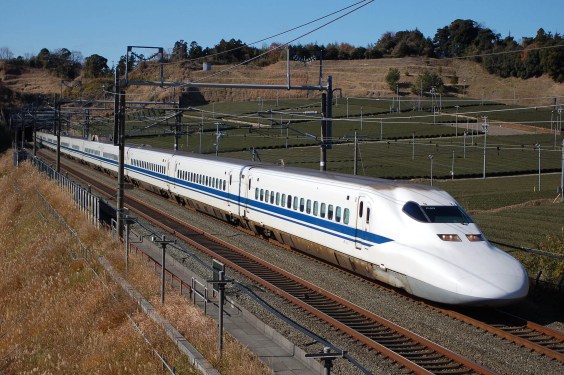Some American cities are starting to buck a years-long trend of declining transit ridership as passengers are returning to subway and commuter rail lines across the country, though bus ridership continues to stall, according to a new report.
Americans took 11 million more transit trips in the second quarter of 2019 compared with the same period last year, a one-half-percent increase across all modes of transit for a total of 2.5 billion trips, the American Public Transportation Association found.
“Public transit is seeing corrections [and] an increase in ridership," APTA spokesman Chad Chitwood told Streetsblog. "Across the country, long-term state-of-good-repair projects have been undertaken, helping to improve service times and ridership. Communities of all sizes are seeing ridership increases, including a long running upward trend on commuter rail.”
There are diverse reasons why ridership rises or falls in a particular region, although ridership had been declining nationally because of four factors: bus and rail speeds are slower than cars; the cost to operate a car are sometimes cheaper than transit passes; fare hikes (especially those that occur when service erodes); and jobs displacement from downtown areas to suburbs where transit isn't accessible.
But ridership declines can be reversed by adding service, increasing its frequency, and making long-term policy decisions and investments to counter those factors, experts say.
"Those places that are investing in new service and infrastructure projects like a new rail line, a bus lane on a street, or changes to traffic signals that make transit move along a little quicker have an impact in a positive direction," APTA senior policy analyst Matt Dickens told Streetsblog.
After a series of upgrades this year that have improved speeds, New York City's massive subway system appears to be heading in the right direction. Straphangers have been flooding the MTA with 692 million subway trips between April and June this year. That's a 2.6-percent increase over the same three-month period last year, although ridership levels haven't rebounded from its highs five years ago when the system carried more than six million trips a day.
Long Island Rail Road riders have been using commuter rail service in record numbers the past two years, a sign of the suburban region's growing economy. Ridership rose 10.1 percent in the first half of the year compared with the same period in 2018. Much of the credit goes to nuts-and-bolts investments in service that have improved train reliability, on-time performance, and communications.
"We've renewed switches, hardened utility poles to prevent them from falling onto the rails and blocking service, replaced doors and floor boards whose dissimilar metals had caused corrosion," MTA spokesman Aaron Donovan told Streetsblog. "At the same time, we’re doing major capital work to raise the height of bridges to prevent them from getting stuck by trucks, which causes delays, replacing grade crossings with overpasses to improve safety, which also has a benefit of reducing incident-related delays, and adding a third track in our central spine."
Meanwhile New Jersey transit had a 2.7-percent increase over the same period a year ago after service bottomed out in 2017 and 2018 — cancellations and disruptions so severe that New York Gov. Andrew Cuomo termed the period the "Summer of Hell."
Rail ridership growth isn't just confined to the New York metro area. The nation's second-most used rail system, DC Metro, had a ridership jump of 2.3 percent. Metro officials are optimistic the trend will continue after six stations along Metro's Blue and Yellow lines reopened in September.
"They’re working on fixing state of good repair issues, their increase is due to a recovery on that," Dickens said. "What we’re seeing is people are learning that things are doing better and returning to the service because of that."
Several other cities outside the northeast have recorded gains in their commuter and light rail ridership figures so far this year:
- Denver's commuter rail use is up 17.2 percent thanks to the popularity of the new G line which connects Union Station in downtown Denver with its northwest suburbs including Arvada, Adams County, and Wheat Ridge as well as healthy ridership on the A line which reaches Denver International Airport.
- Orlando's SunRail commuter ridership shot up 80 percent because of new schedules that caused boost from people working downtown and at the city's two major hospital campuses as well as new initiatives to increase connectivity with local trolley service, Orlando International Airport, and the Orlando Magic's Amway Arena.
- Sacramento's light rail system jumped 7.6 percent as the city has doubled weekend light rail service while gas prices in the region continued to increase this year.
- Seattle's Sound Transit light rail system rose 3.7 percent while it is in the midst of an extensive rail expansion plan that began in 2016 while its King County Metro light rail lines rose 13.7 percent thanks to increased service and an overhaul of its local bus network, giving people more options to travel around the Puget Sound without a car.
- Charlotte's light rail ridership jumped 22.5 percent on its LYNX line a year after the city opened a $1.1-billion extension of the Blue Line connecting center city with UNC Charlotte.
Meanwhile, passengers in Chicago, Los Angeles, Baltimore, Boston, Cleveland and Philadelphia are riding less, part of a long-term trend that has beset transit systems across the country because of rising car ownership, a lack of investment to keep the systems in good repair, prolonged shutdowns, and competition from app-based taxis.
"One common thread in these cities is that not enough is been done to prioritize transit on the streets," TransitCenter spokesman Ben Fried said. "When you have Uber and Lyft coming on and giving people another option it is exacerbating the problem."
Several cities lost significant population of riders on one type of transit lines and some lost them across multiple modes of rail in the first six months of the year compared with last year:
- Los Angeles lost 15.7 percent of its light rail riders and 1 percent of its subway riders in the first half of the year, partly due to extensive closures to modernize Metro's Blue Line although the declines are part of a five-year downward trend exacerbated by the increased popularity of Uber and Lyft and a rate of vehicle growth substantially higher than the region's population growth. Its bus ridership loses are another matter entirely.
- Boston's light rail ridership plunged 8 percent in light of horrific derailments on two separate lines within three days of each other in June following delays and generally substandard service across the system. A much-derided fare increase on July 1 probably didn't boost passenger enthusiasm.
- Baltimore subway ridership plummeted 23.2 percent, in the latest sign the city's transit system is in crisis following repeated station shutdowns including a one month closure of the Metro SubwayLink during the winter of 2018 and underfunded capital needs, the latest of which is a proposed $345-million cut to the state agency that oversees transit.
- Chicago has the country's third-busiest subway and commuter rail system but its ridership fell somewhat since reaching a record high in 2015. CTA ridership dropped 3.3 percent in the first half of the year while Metra commuter service fell 3 percent, with both systems suffering from the increase in vehicle ownership, lower gas prices, and passengers hailing Ubers and Lyft cars instead. The decline of capital funding from the federal government and the state over the past decade hasn't helped matters either.
- Philadelphia may be in a category by itself, bleeding 6 percent of its SEPTA subway ridership, 3.63 percent of its light rail ridership, and 1 percent of commuter riders in the first of the year compared with last year. Like Los Angeles, most of its long-term losses are from its bus system, but construction to fix sinkholes along trolley lines this year contributed to service disruptions and delays while car ownership or ride hail services like Uber and Lyft became affordable alternatives. The proliferation of jobs outside of Philadelphia's Center City plus annoying transfer fees that riders must incur if they want to take a bus to a train may also be depressing ridership.
If these cities want to gain riders, its civic leaders must improve transit service first, transportation experts say.
"In most places we aren't seeing the kind of improvements that will lead people to choose transit," Fried said. "Places that are adding service, rethinking bus networks, and setting aside street space for buses are seeing it pay off in higher ridership."






